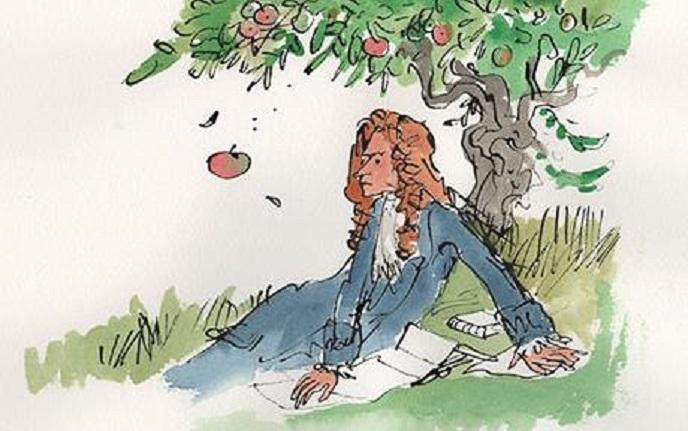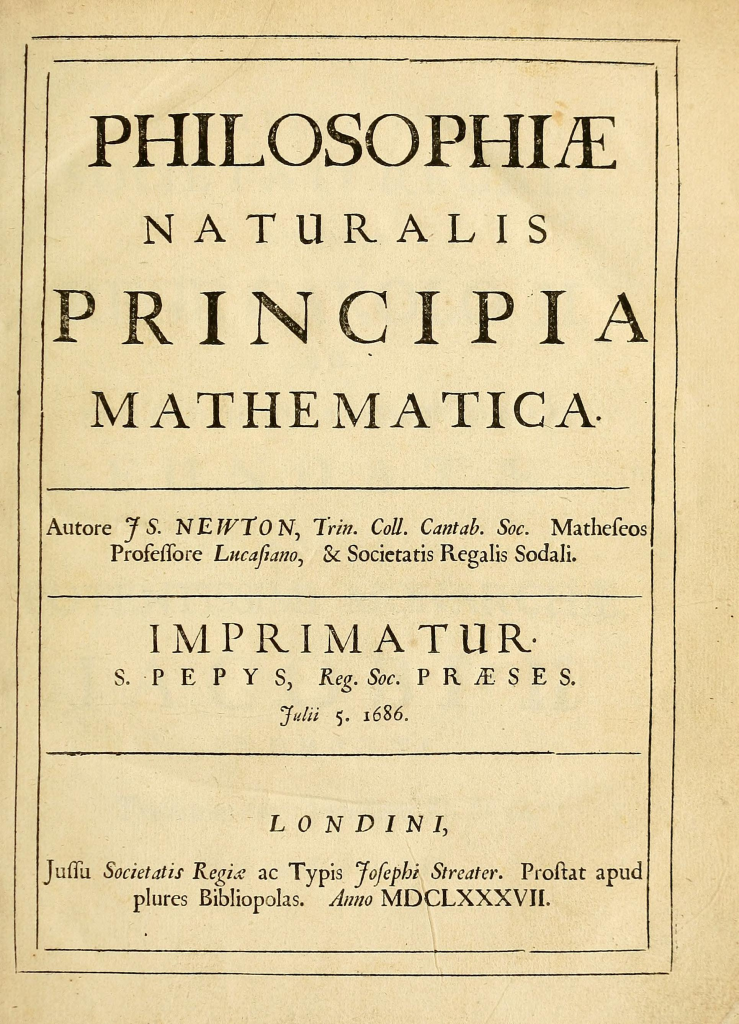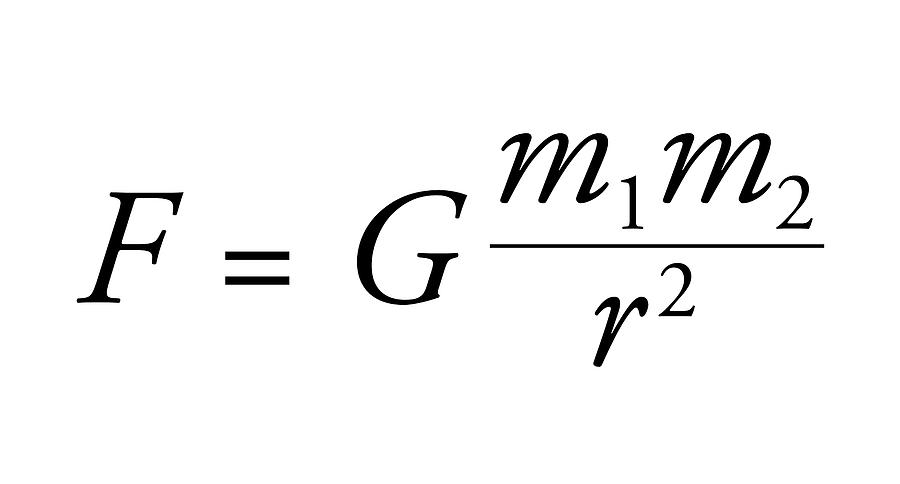Thank the Apple
The story goes, Isaac Newton had been sitting under a tree when an apple had suddenly fallen on his head. As a result, the first law of gravity was born. Although this story is fictional, a similar one was true “according to Newton himself…”(Newton, Isaac, 2018). He had been relaxing under an apple tree, and an apple had fallen but this time, beside him. The law of gravity hadn’t been resolved in that instant but it had sparked curiosity, one that would last him 21 years.

Born on January 4, 1643, in Lincolnshire, England, Sir Isaac Newton would become a leading figure in scientific revolutions. Throughout his entire life, he made immense contributions to the understanding and discovery of mathematical aspects, mechanics and optics. Although much to debate, his most memorable and important discovery being the law of gravity.
After the apple incident during his visit back home to pursue personal studies, Newton was led to begging the question of the possibility that the “force that pulled the apple to the ground could also extend into space and pull the Moon into an orbit around the Earth” (Newton, Isaac, 2018). Although going from an apple falling to the orbit of the moon seems far-reached for most of us, it made complete sense to Newton. His studies concluded that the rate of the fall was equal to the force of gravity which was “proportional to the square of the distance from the center of the Earth.”(ibid.). Newton believed he had uncovered the universal principle of gravity but through many trials, he realized his theory was inaccurate.

Despite his failed first attempt in ca.1667, Newton invested himself once more during his time as a professor at Cambridge in 1679. This time, Newton concluded that the “force of gravity is proportional to the masses of the object and decrease in proportion to the square of the distance between two bodies” (ibid.). Simplified, it meant the bigger the objects, the greater the force of gravity, and the smaller the distance, the smaller the force of gravity. This time, his theory was correct but was extremely general and wasn’t precise. It was only a few years later where Newton implicated himself in the subject leading him to publish Philosophiæ Naturalis Principia Mathematica in 1687.
Also known as the Principia, the 260-page book was considered as the epitome of his career and a key element to the development of modern astrology and mathematics. In Principia, Newton explored in extreme depth the law of motion – acceleration, force, and action equal motion, as well as the law of universal gravitation in depth. His discovery was so precise and effective it had enabled the understanding of the phenomenon as complex as the orbital motion and as simple as the tide.
His discoveries (concluded) that
every massive particle in the universe is attracted to every other massive particle with a force that is directly related to the sum of their masses and is inversely related to the square of the distance between them. Proportionality is held constant in this theory at all places and all times; thus it is known as the universal gravitational constant. (Newton’s Laws of Motion and Universal Gravitation, 2011).

Was the discovery of the universal gravitation the lucky result of an apple falling or the result of the simple genius of Isaac Newton. I’d say that both played important parts. However, Newton’s ability to capture complex ideas and breaking them down to its fundamental values cannot be ignored. Each of his breakthroughs proved that “scientific principles are of universal application” (Newton, Isaac, 2018). His talent and intelligence placed him as a titan of science.
Work Cited:
Images:
Image 1: Blake, Quentin. “Newton’s Apple.” Newton Trust, www.newtontrust.cam.ac.uk/.
Image 2: Newton, Isaac. “Philosophiæ Naturalis Principia Mathematica.” Wikipedia, en.wikipedia.org/wiki/Philosophi%C3%A6_Naturalis_Principia_Mathematica#/media/File:Prinicipia-title.png.
Image 3: “Newton’s Law Of Universal Gravitation .” Fine Arts America, 2017, fineartamerica.com/featured/newtons-law-of-universal-gravitation-science-photo-library.html.
